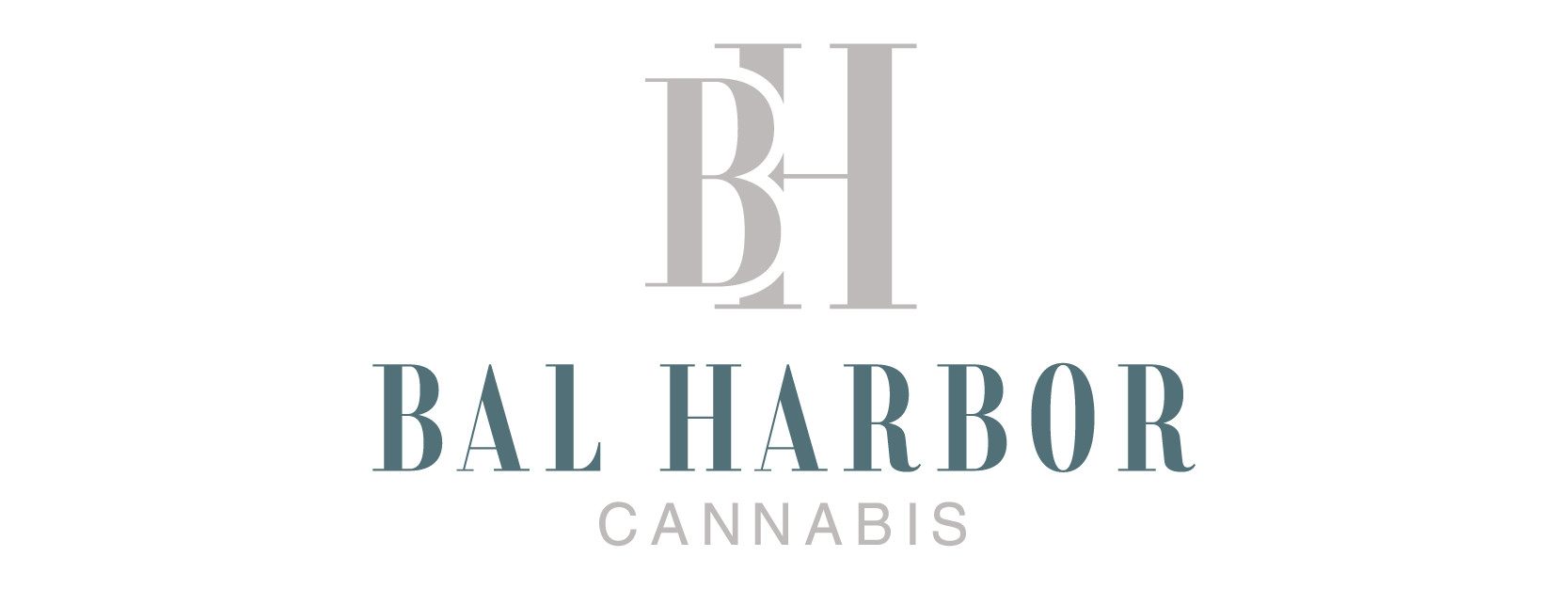Luxury cannabis is no longer an oxymoron. Across the U.S., brands are courting affluent buyers with the same playbook luxury fashion, beauty, and spirits have used for decades—elevated design, superior materials, limited drops, and concierge-level service—paired with measurable product performance. The goal is simple: trade up from price wars to premium value.
Why now? Premiumization is one of the few reliable escape hatches from price compression. Industry forecasters still expect growth and stress that winners will use data to target the right segments and price tiers. Market tracking likewise shows pockets of premium growth, such as beverages, which grew double digits year over year through mid-2024—precisely the kind of category where experience and design support higher price points. Meanwhile, reports note that as legal access stabilizes, consumers gravitate toward predictable, trusted experiences—conditions that favor strong, premium brands.
Affluent demand is real. Consumer research shows that intoxicating-hemp users over-index in higher-income households—a useful proxy for wellness-lifestyle cannabis shoppers and a signal that premium formats have an eager audience. Crucially, consumers will pay more when innovation is tangible. Fast-acting gummy technology, for example, commands roughly 31% higher original prices and is discounted less than conventional gummies—evidence that performance plus convenience can justify a luxury premium in edibles.
How do brands build bona fide luxury appeal? First, design that looks at home on a marble counter. Houseplant’s collaboration with fashion label Kith—and its sculptural “Ashtray Set by Seth”—shows how cannabis can participate in design culture, not just head-shop culture. Beboe continues to position “socially dosed” edibles with couture-style packaging aimed at sophisticated social settings. Earlier pioneers such as Canndescent reframed selection around effects and wrapped products in minimal, giftable boxes—luxury cues familiar to high-end shoppers.
Second, premium experiences. High-end retailers lean into gallery-style merchandising, chef- or mixology-led tastings, and concierge education that feels closer to a watch or wine boutique than a typical dispensary. The approach buffers margins, cultivates loyalty, and fuels word-of-mouth among tastemaker circles where status is subtle and quality is assumed.
Third, evidence. Luxury in cannabis cannot be vibe alone. Leading brands integrate batch-level COAs via QR, provenance storytelling, craft cultivation practices, and limited micro-lots with serialized packaging. Consumer insights consistently show that brand matters to purchase decisions; when a brand stands for design plus dependable effects, the trust loop closes.
Why aim upmarket at all? Upscale shoppers buy across categories, are less price-sensitive, and respond to craftsmanship, not coupons. Premium SKUs also resist the markdown spiral; the fast-acting segment again shows how differentiation reduces discounting and protects shelf space. And because luxury is as much community as it is product, partnerships with designers, chefs, and hospitality venues extend reach beyond the dispensary and normalize sophisticated consumption rituals.
The takeaway for 2025: “quiet luxury” in cannabis means restrained design, faultless function, and transparent quality. Brands that deliver proof of effect, tasteful aesthetics, and memorable service—not just high THC—will earn a durable share of affluent wallets and set a high bar the category will chase.
Discover More: What Distinguishes Premium Cannabis Brands from the Rest
